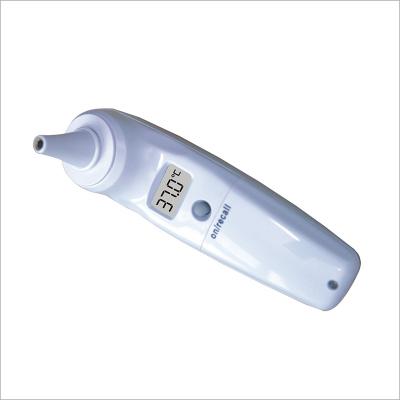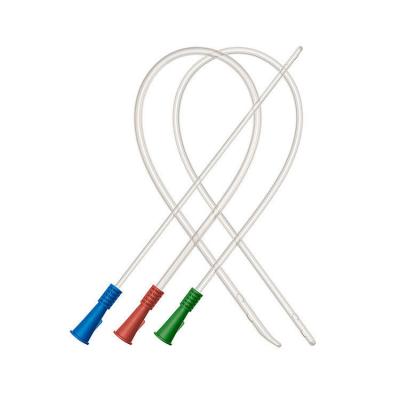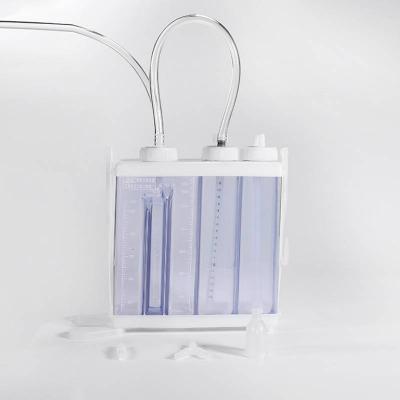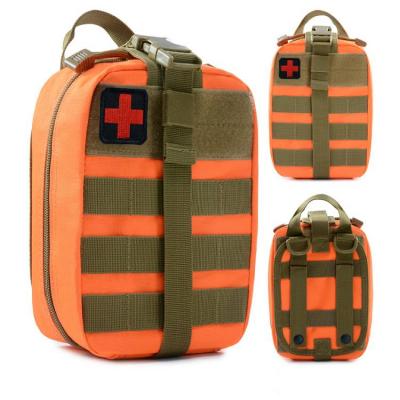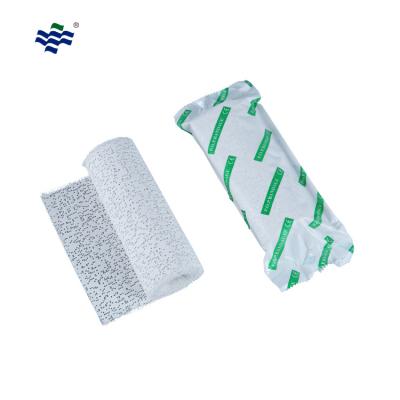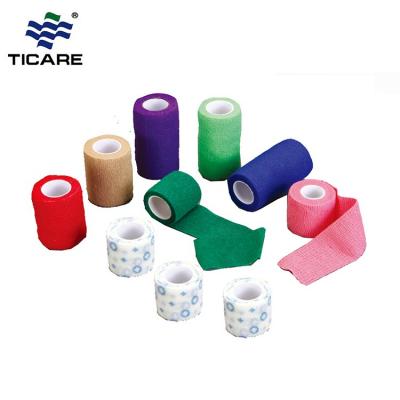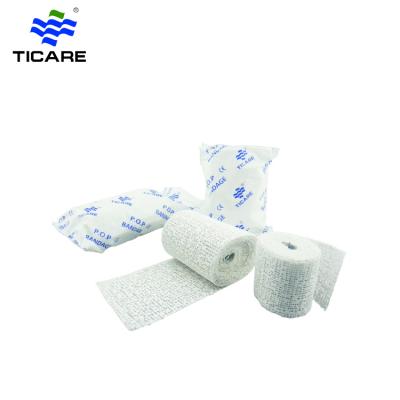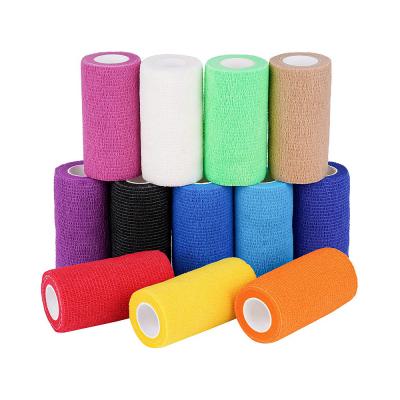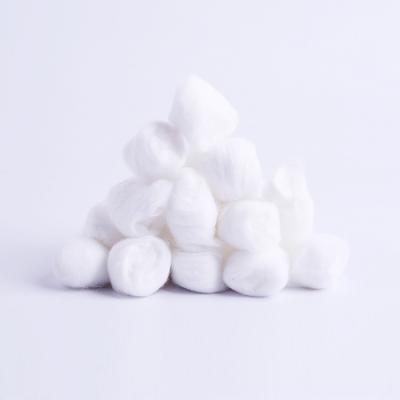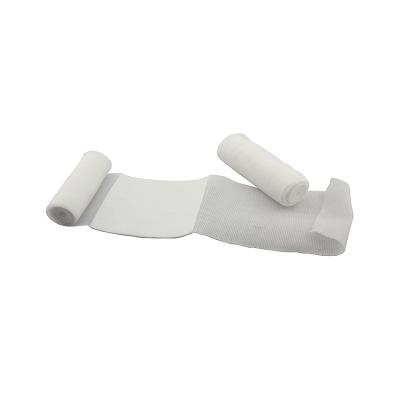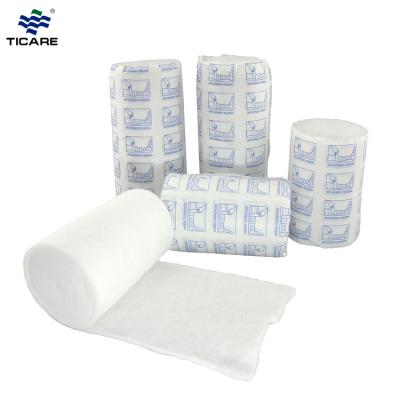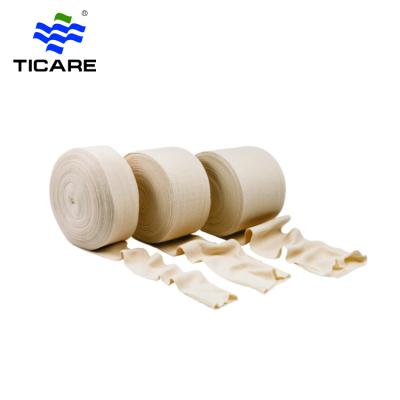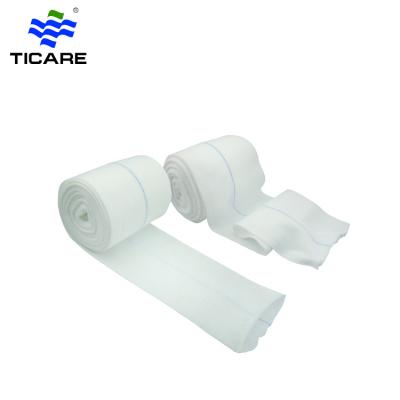

Plaster Bandage/POP Bandage/Plaster of Paris Bandage
Plaster bandage is made of gauze bandage with sizing and plaster of paris powder. It can be hardened and shaped in a short time after soaking in water. It has strong shaping ability and good stability. It is used for fixation in orthopedics or orthopedics, production of molds, auxiliary appliances for prostheses, and protective brackets for burned parts.
It is suitable for orthopedic fracture fixation, external fixation of orthopedic surgery, inflammatory limb immobilization, osteomyelitis, bone tuberculosis, bone tumor surgery and bone arthroplasty limb fixation. It can also be used to make pallets, auxiliary tools for prostheses and various support tools. Production of mold models such as auxiliary materials.

1. Easy to use
Each strip filled with powder can be simply immersed in water and then applied to the area or object you want to cast. Make sure there are no air bubbles before use. Stable and fast curing time: 2min-5min. The drying time is less than 10 minutes, and the complete setting time is about 30 minutes, without baking.

2. Skin safety
The plaster filling strip can be safely used on the abdomen, face, torso and other body parts of pregnant women without irritation. Please note that applying moisturizer to the skin area before applying the bandage is optional. After curing and drying, the strength reaches 3.2Mpa in 8 minutes. The heating temperature during curing is basically the same as the human body temperature: 25℃-35℃

- Stable and fast curing time: 2min-5min
- Fast immersion time: 5s-10s
- After curing and drying, the strength reaches 3.2Mpa in 8 minutes
- The heating temperature during curing is basically the same as the human body temperature: 35℃-40℃
- The curing time is determined according to the actual needs of medical staff and patients.
5 sizes to choose from: Small: 2" x 2.7m, 3.0m, 4.6m; Medium: 3" x 2.7m, 3.0m, 4.6m; 4" x 2.7m, 3.0m, 4.6m; Large: 6" x 2.7m, 3.0m, 4.6m; 8" x 2.7m, 3.0m, 4.6m
Method of operation:
1. Dipping: dip a roll of product into warm water at an angle of 45 degrees until no continuous bubbles are generated.
2. Squeeze: Take out the product and squeeze it from both ends to the middle with both hands.
3. Winding: Wind the product evenly on the affected area.
4. Leveling: When bandaging is implemented, leveling should be done by hand while bandaging.



 +86-13950196535, 086-592-5566387
+86-13950196535, 086-592-5566387 enquiry@ticarehealth.com
enquiry@ticarehealth.com







